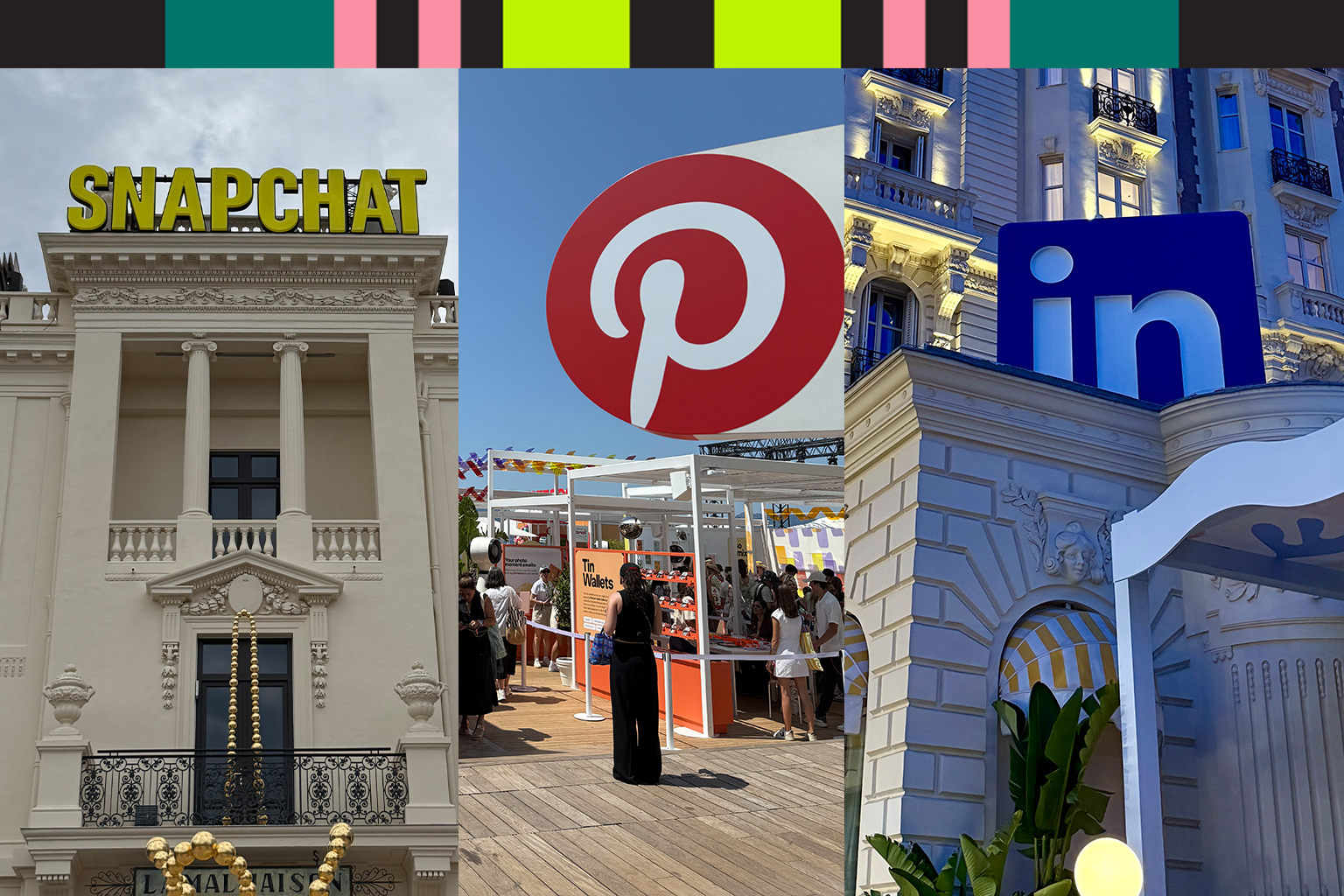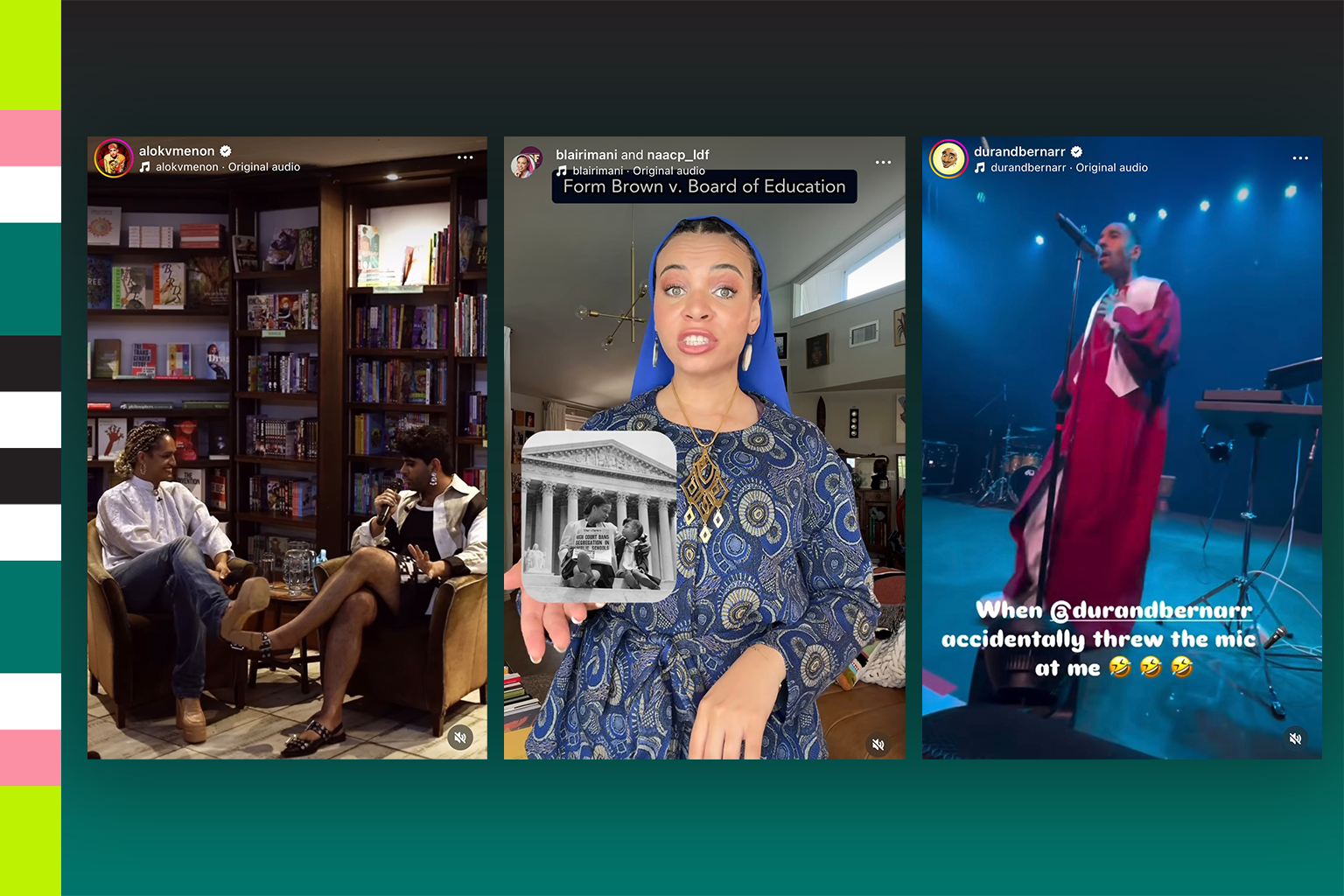
By nature, Pinterest drives users into the real world. Whether through baking recipes, DIY projects, or fashion trends, pinners are constantly discovering new ideas on the platform, executing the ideas, and bringing their results back to the platform.
This process is so streamlined and automatic that 93 percent of Pinners use the platform to drive what lands in their shopping carts. This statistic isn’t exactly breaking news, but with purchasing metrics like this, why are advertisers so slow to adopt the platform as a paid channel?
Pinterest believes that entering the real world is its final hurdle in attracting these advertisers. If successful, the move couldn’t happen at a better time, as likely only a few months remain until the platform’s IPO.
But how does a social platform push itself into the real world? (Okay, yes, Pinterest doesn’t consider itself a “social network”, but the question remains.)
In January, Pinterest launched Lens, a camera integrated with visual search which identifies real-world objects and returns the product and similar content. Additionally, the platform made every image on the internet searchable for related pins.
Recode recently published on Pinterest’s real-world efforts, including this snippet from a Pinterest spokesperson.
“While other companies want you to live in a virtual world, Pinterest encourages people to live in the real world.”
The quote is a deviation from the aspirations of other social platforms, with Snapchat and Facebook racing to be the best in augmented and virtual reality. Pinterest has made it clear that it has no interest in competing in the VR/AR space, holding firm on its message of “Get out and do.”
In the real world, captivating and useful products generate the standard five questions of who, what, when, where, and why.
What is that? Why do I need it? Who makes it? When can I get it? Where can I get it?
Prior to 2017, Pinterest always had a solid answer to ‘why?’, but consumers were often left to solve the rest of the equation. At the turn of the year, however, Pinterest put its foot on the gas in answering all five.
Pinterest and the 5 W’s
Who: Lens returns an object, often mentioning the maker of the product or linking to the maker directly. MAKE It Kits, a brand-to-Pinterest partnership, put the brand at the forefront, even in the name of the product itself.
What: Lens! Take a picture of that cool pair of kicks or that whosey-whatsit you didn’t know you needed, and Lens will show you what it is, as well as other similar items. Additionally, Pinterest added QR-code capabilities to Lens, an opportunity for brands to generate direct web traffic to product pages, ongoing promotions, or a page on member perks and privileges.
When: While “When can I get that?” is typically answered by merchandisers rather than Pinterest itself, Lens answers a different “When” question. “When can I use it?” By discovering a product in the real-world, the product is likely in use, showing potential buyers different situations where users can or should use the product.
Where: MAKE It Kits will likely pair to a brand, retailer, or influencer, linking to where the consumer can purchase the product. In their current form MAKE It Kits are likely the first of wide-reaching series of similar offerings to come from the platform. Home improvement, cooking, fashion, and beauty packages are an immediate fit for the activation. So, Home Depot, Lowe’s, Sur La Table, and Estée Lauder, if you’re reading this, prepare, and get a plan in place to involve Pinterest in your marketing strategy.
Why: Pinterest has answered this from the beginning. Pins often reflect the finished project and show why owning it would be beneficial.
In the first 4 months of the year, Pinterest found ways to answer any remaining questions that a consumer may have in discovering a product. From discovery to curiosity to purchase, Pinterest has set the table to not only capitalize on its current purchasing power but start the purchasing funnel outside of the platform.
Brand Impact: Pinterest opened its visual-search capabilities to brands, announcing that advertisers can now target ads based on related content. Now, when you see that cool chair or sofa, you might also see a coffee table or lamp that would go perfectly with your scheme. Or, you may also see an even cooler chair or sofa that would bring your room together even more so than the one you currently have. Targeting based on pictures and visuals extends further than simply helping your brand find the right customers. It makes it easier for the right customers to find you.



